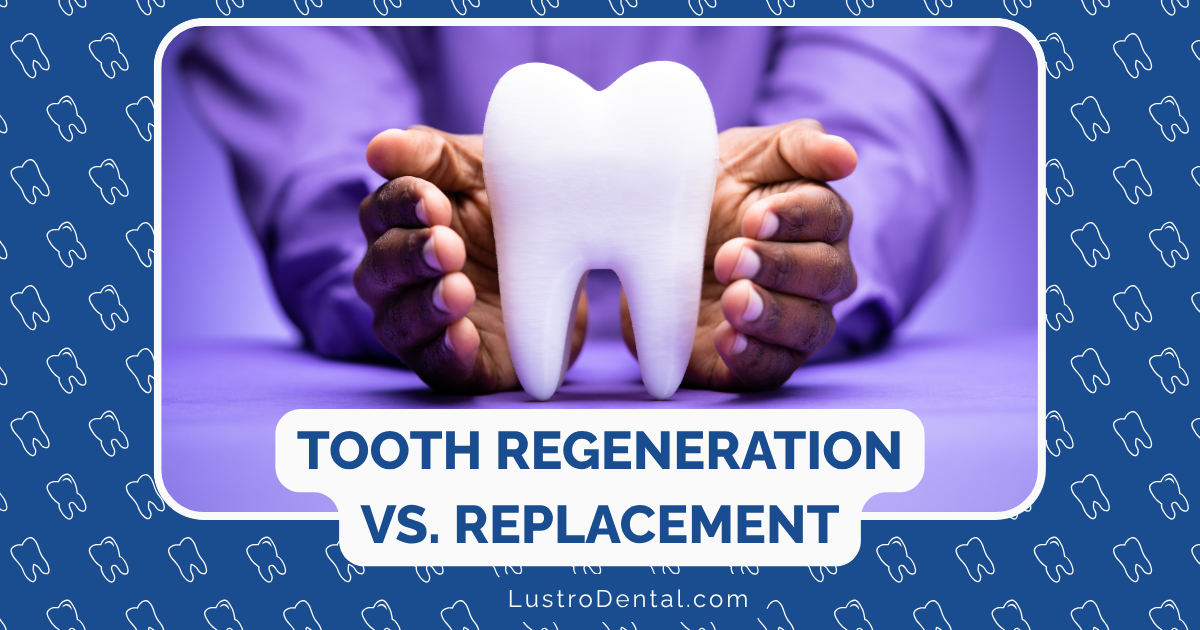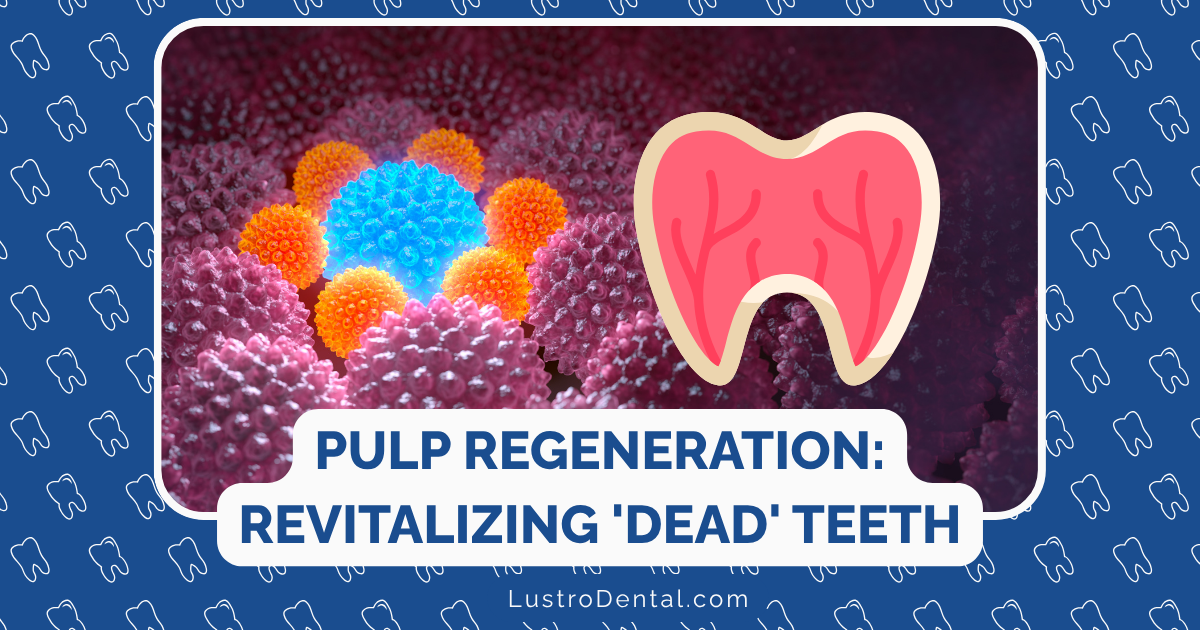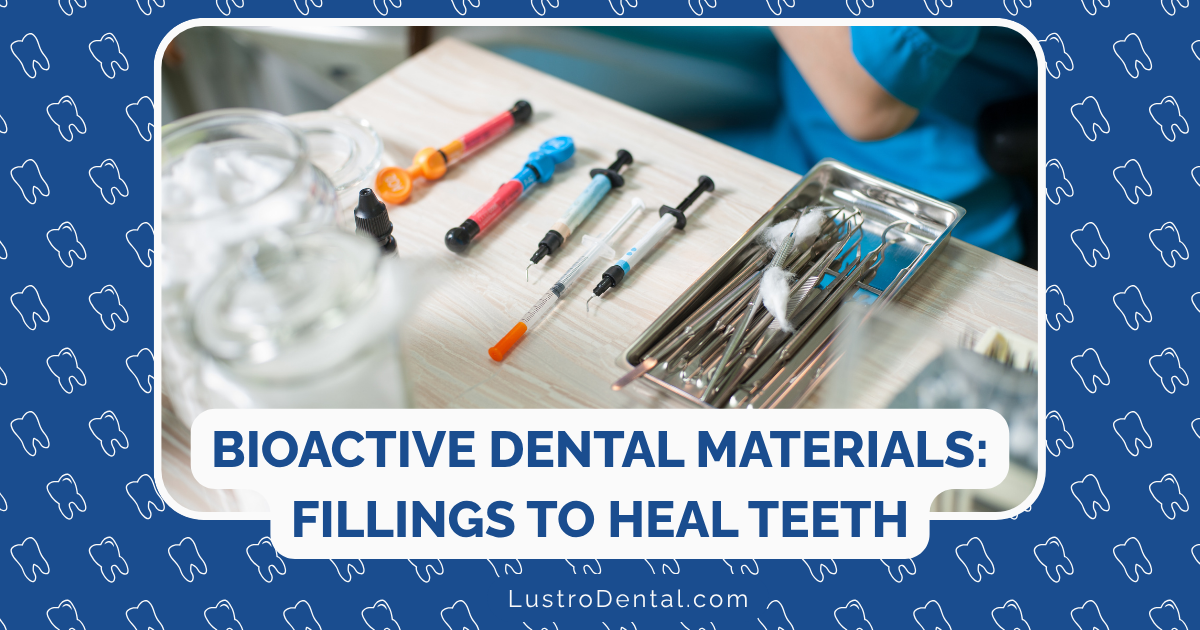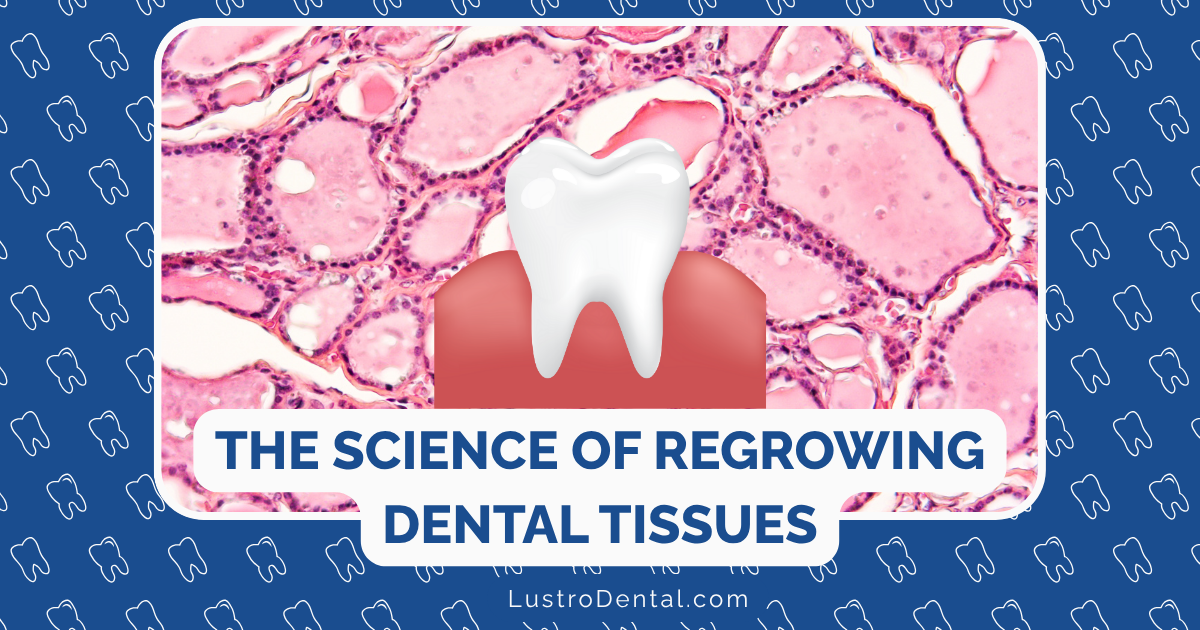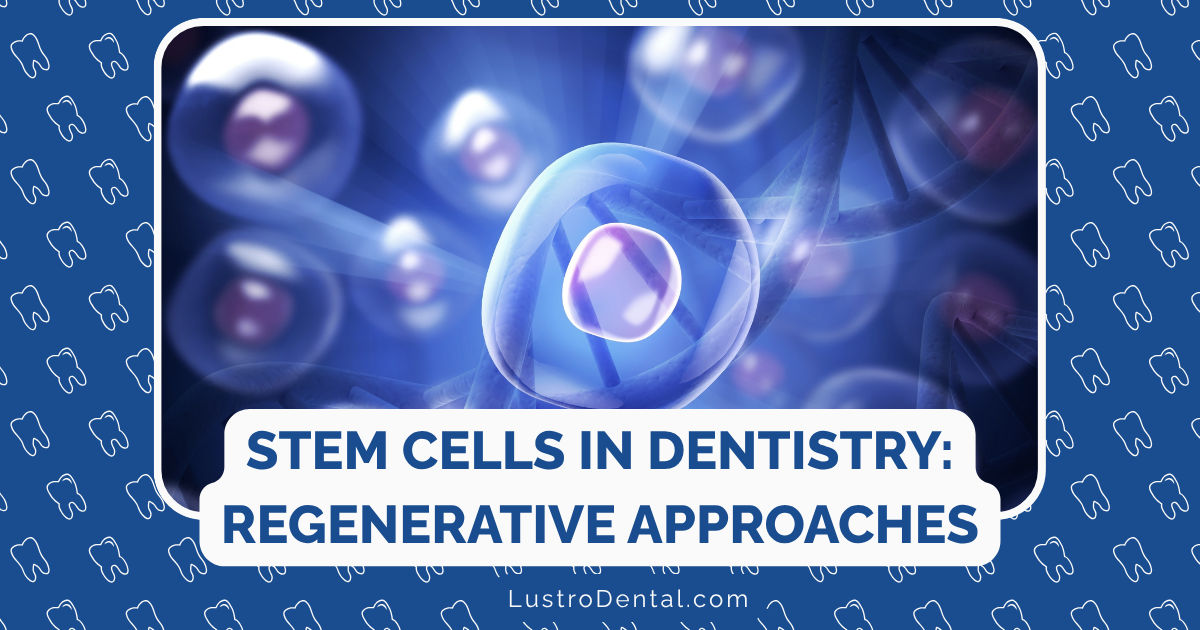Digital Impressions vs. Traditional: Why the Goop Is Becoming Obsolete
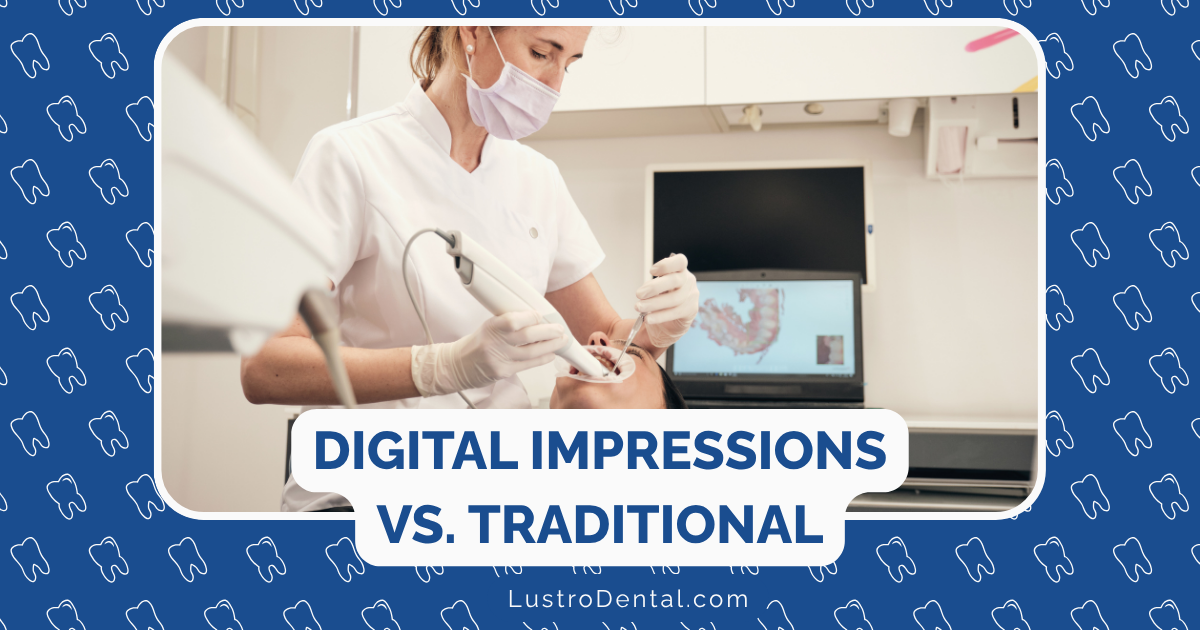
If you’ve ever had dental work that required an impression, you likely remember the experience all too well: the metallic taste of the tray, the cool sensation of putty pressing against your teeth and gums, and the seemingly endless minutes of fighting your gag reflex while trying to remain perfectly still. For decades, this uncomfortable procedure has been a necessary evil in dentistry—the gateway to crowns, bridges, dentures, and orthodontic treatments.
But a revolution has been quietly transforming this aspect of dental care. Digital impression technology has advanced dramatically in recent years, and in 2025, we’re seeing traditional “goop” impressions increasingly relegated to dental history books. As someone who has witnessed this transformation firsthand, I want to explain why digital impressions are making traditional methods obsolete and what this means for your dental experience.
The Traditional Impression Experience: A Necessary Discomfort
Before diving into digital alternatives, let’s remember what traditional impressions involve:
The Traditional Process
- A metal or plastic tray filled with a thick putty-like material (usually polyvinyl siloxane, alginate, or polyether) is inserted into your mouth
- You bite down and hold still for 2-5 minutes while the material sets
- The tray is removed (sometimes with a suction-like sensation)
- The resulting negative mold is sent to a lab where it’s used to create a positive model of your teeth
- This physical model becomes the basis for creating your dental restoration or appliance
The Problems with Traditional Impressions
While this method has served dentistry for generations, it comes with significant drawbacks:
- Patient discomfort: The bulky trays and thick materials often trigger gag reflexes and create anxiety
- Time-consuming: The entire process takes 15-20 minutes for a single arch, longer for full mouth
- Error-prone: Movement, improper mixing, or air bubbles can distort impressions
- Requires retakes: Studies show up to 20% of traditional impressions need to be redone
- Material limitations: Different materials have different accuracy levels and setting times
- Storage issues: Physical models degrade over time and require significant storage space
- Environmental impact: Disposable trays and materials create substantial waste
According to a study published in the Compendium of Continuing Education in Dentistry, while highly accurate conventional impression materials can provide excellent results in expert hands, they still face significant challenges in everyday clinical practice.
The Digital Revolution: How Intraoral Scanning Works
Digital impressions use advanced optical technology to create highly accurate 3D models of your teeth and gums without any physical materials.
The Digital Process
- A handheld scanner (about the size of an electric toothbrush) is used to capture images of your teeth
- The scanner projects light patterns onto your teeth while cameras capture hundreds of images
- Specialized software stitches these images together in real-time to create a detailed 3D model
- The digital file can be immediately reviewed, modified if needed, and sent electronically to a lab
- The 3D model serves as the basis for designing and manufacturing your restoration or appliance
Leading Digital Impression Systems in 2025
Several systems dominate the market, each with unique advantages:
- iTero Element 5D: Offers real-time visualization and caries detection capabilities
- 3Shape TRIOS 5: Known for its speed and accuracy in full-arch scans
- Primescan Connect: Excels in capturing deep margins and precise detail
- Medit i700: Provides an affordable entry point with impressive accuracy
Why Digital Is Making Traditional Obsolete: The Compelling Advantages
The shift from traditional to digital impressions isn’t just about new technology—it’s about fundamental improvements in almost every aspect of the impression process.
1. Superior Accuracy and Precision
Digital impressions have reached a level of accuracy that consistently matches or exceeds traditional methods.
- Elimination of physical distortions: Digital scans avoid the material shrinkage, expansion, or deformation that can occur with traditional impressions
- Immediate verification: Dentists can instantly review scans and rescan specific areas if needed
- Enhanced detail capture: High-resolution imaging captures subtle contours that might be missed with physical materials
- Consistency: Digital scans eliminate variations in mixing ratios or setting times that affect traditional impressions
According to research from Confident Lab, digital impressions significantly reduce inconsistencies and distortions common in traditional putty-based impressions, minimizing the need for adjustments and remakes.
2. Dramatically Improved Patient Experience
Perhaps the most immediately noticeable benefit is the enhanced comfort for patients.
- No gag-inducing materials: The small scanner wand is much less invasive than bulky impression trays
- Shorter procedure time: A full-mouth scan typically takes under 5 minutes, compared to 15-20 minutes for traditional impressions
- Cleaner process: No messy materials means no unpleasant tastes or residue
- Less anxiety-provoking: Patients can breathe normally and take breaks if needed during scanning
- Educational opportunity: Patients can view their 3D models in real-time, improving understanding of their dental conditions
A survey by Missoula’s Best Dentist found that 94% of patients preferred digital impressions over traditional methods, with improved comfort cited as the primary reason.
3. Enhanced Workflow Efficiency
Digital impressions transform the entire restorative workflow, benefiting both practices and patients.
- Immediate transmission: Digital files can be sent to labs instantly, eliminating shipping delays
- Reduced chair time: Faster impression-taking means more efficient appointments
- Fewer remakes: Greater accuracy leads to better-fitting restorations and fewer adjustments
- Streamlined communication: Dentists and labs can easily share and discuss digital models
- Integration with other technologies: Digital impressions seamlessly connect with CAD/CAM systems for same-day restorations
AMN Healthcare reports that digital impressions can reduce turnaround times from days or weeks to mere minutes when integrated with modern laboratory workflows.
4. Advanced Treatment Planning Capabilities
Digital impressions offer capabilities that simply aren’t possible with traditional methods.
- Virtual articulation: Digital models can be articulated virtually to analyze occlusion
- Treatment simulation: Software can show predicted outcomes of orthodontic or restorative treatment
- Integration with other imaging: Digital impressions can be combined with CBCT scans for comprehensive treatment planning
- Progress monitoring: Serial scans can be overlaid to track changes over time
- AI-enhanced analysis: Artificial intelligence can identify issues that might be missed visually
According to 3M Dental, digital impressions allow for magnification and detailed evaluation of scans, enabling corrections while the patient is still in the chair—something impossible with traditional methods.
5. Environmental and Economic Benefits
The shift to digital impressions also brings significant sustainability and financial advantages.
- Reduced material waste: Eliminates disposable trays, mixing tips, and impression materials
- Lower carbon footprint: No physical shipping of impressions to labs
- Decreased storage needs: Digital files replace physical models that require storage space
- Long-term cost savings: Despite higher initial investment, digital systems typically pay for themselves through reduced material costs and fewer remakes
- Increased practice productivity: More efficient appointments allow for better scheduling and patient flow
JMU Dental notes that the digital workflow is significantly more eco-friendly by reducing waste from disposable trays and shipping materials.
Where Digital Impressions Excel (And Where Traditional Still Has a Place)
While digital impressions are increasingly dominant, it’s important to understand their optimal applications and remaining limitations.
Digital Impressions Shine For:
- Single crowns and bridges: Studies consistently show excellent accuracy for these common restorations
- Implant-supported restorations: When used with scan bodies, digital impressions provide exceptional precision
- Orthodontic treatment: Clear aligner therapy and digital treatment planning
- Patients with strong gag reflexes: The minimal-invasive nature of scanning reduces discomfort
- Cases requiring rapid turnaround: Same-day restorations with in-office milling
Traditional Impressions May Still Be Preferred For:
- Complete dentures: Capturing functional border molding remains challenging for some digital systems
- Severely subgingival margins: Blood and fluid management can interfere with optical scanning
- Patients unable to remain still: Movement affects digital scanning more than traditional impressions
- Practices without digital investment: The initial cost remains a barrier for some offices
According to the Compendium of Continuing Education in Dentistry, traditional impression methods may still provide superior accuracy for longer spans, angled implants, and full-arch fixed dentures in some clinical situations.
The Financial Equation: Investment vs. Return
The transition to digital impressions requires significant upfront investment, but the long-term economics increasingly favor digital approaches.
Initial Investment Considerations
- Hardware costs: Intraoral scanners range from $15,000 to $50,000
- Software subscriptions: Many systems require annual fees for updates and support
- Training time: Staff require training to become proficient with scanning techniques
- Integration expenses: Connecting with existing practice management and laboratory systems
Return on Investment Factors
- Material savings: Elimination of impression materials, trays, and disinfection products
- Labor efficiency: Reduced chairside time and fewer retakes
- Fewer remakes: More accurate impressions lead to better-fitting restorations
- Shipping savings: No physical impressions to ship to laboratories
- Marketing advantage: Many patients specifically seek practices with digital technology
Most practices report reaching ROI within 2-3 years, with ongoing savings thereafter. According to Dental LCY, despite the significant investment required for digital scanning technology, the long-term benefits in accuracy, comfort, and environmental impact are making it the preferred choice among forward-thinking dental professionals.
The Patient Perspective: Why You Should Seek Practices with Digital Impressions
From a patient standpoint, the advantages of digital impressions are compelling:
Immediate Benefits
- Comfort: No more gagging on impression material
- Time savings: Shorter appointments with less waiting
- Educational value: Seeing your own 3D dental model improves understanding
- Fewer remakes: More accurate impressions mean restorations fit better the first time
- Potentially faster treatment: Digital workflows can significantly reduce waiting times for completed work
Long-Term Advantages
- Better-fitting restorations: Digital precision often translates to more comfortable, longer-lasting dental work
- Comprehensive records: Your digital models can be stored indefinitely for future reference
- Treatment tracking: Changes in your dentition can be monitored precisely over time
- Easier specialist collaboration: Your files can be instantly shared with specialists if needed
Signature Dental Care reports that patient satisfaction rates are significantly higher with digital impressions, with many patients specifically requesting this option after experiencing both methods.
The Future: Where Digital Impression Technology Is Headed
As impressive as current digital impression systems are, the technology continues to evolve rapidly. Here’s what we’re seeing on the horizon:
Emerging Trends in Digital Impression Technology
- AI-enhanced scanning: Artificial intelligence is improving scan quality and automating margin detection
- Smaller, faster scanners: Next-generation devices are becoming more compact and efficient
- Expanded capabilities: Integration of caries detection, periodontal assessment, and shade matching
- Improved soft tissue scanning: Better capturing of gingival contours and mucosa
- Direct 3D printing integration: Seamless workflows from scan to printed models or appliances
- Augmented reality interfaces: Enhanced visualization for both practitioners and patients
- Smartphone-based scanning: Early development of consumer-accessible scanning technology
The integration of AI with digital impression systems is particularly promising. According to AMN Healthcare, AI algorithms are enhancing the accuracy of digital impressions by identifying discrepancies and refining scans in ways that weren’t possible just a few years ago.
Making the Transition: What Dental Practices Need to Consider
For dental professionals considering the switch to digital impressions, several factors should guide the decision:
Key Considerations for Practices
- Patient population needs: Consider your typical procedures and patient comfort priorities
- Integration with existing systems: Ensure compatibility with your current practice management and laboratory relationships
- Training requirements: Factor in time for team members to become proficient with new technology
- Space limitations: Some systems require dedicated carts or computer setups
- Return on investment timeline: Calculate how long it will take to recoup the initial investment
- Ongoing costs: Understand subscription fees, updates, and maintenance expenses
- Support availability: Ensure adequate technical support is available when needed
Most practices find a phased approach works best—starting with anterior restorations and single units before progressing to more complex cases as confidence and proficiency grow.
Conclusion: The Inevitable Shift to Digital
The transition from traditional to digital impressions represents more than just a technological upgrade—it’s a fundamental improvement in the dental experience for both patients and practitioners. While traditional impression materials will likely maintain a place in specific clinical situations for some time, their role is diminishing as digital systems overcome their remaining limitations.
For patients, the message is clear: seek practices that have embraced digital impression technology. The benefits in comfort, convenience, and quality of care are substantial and immediate. For dental professionals, the question is increasingly not if but when to make the transition, as digital impressions become the standard of care expected by patients and necessary to remain competitive.
The days of the “goop” are numbered, and that’s something both dental professionals and patients can smile about.
Have you experienced both traditional and digital dental impressions? Which did you prefer and why? Share your experience in the comments below!


